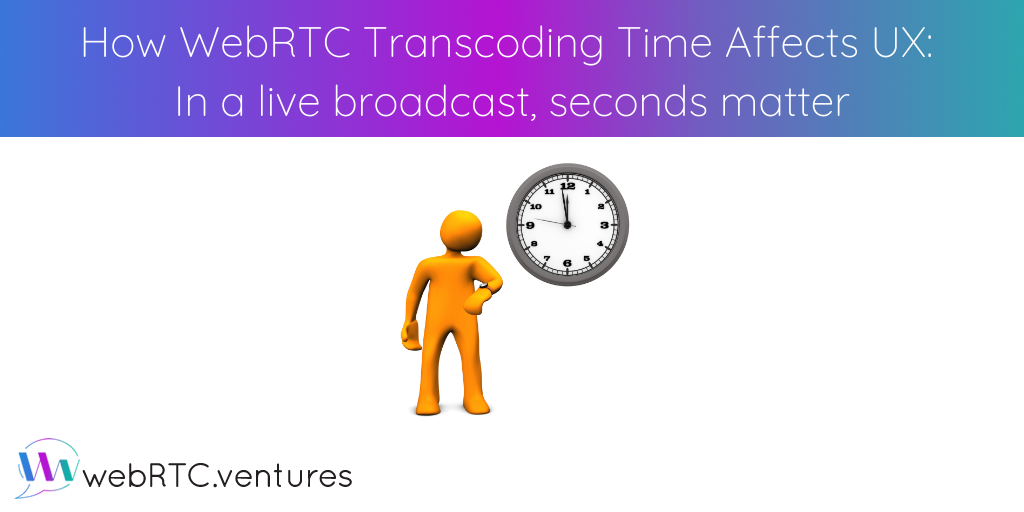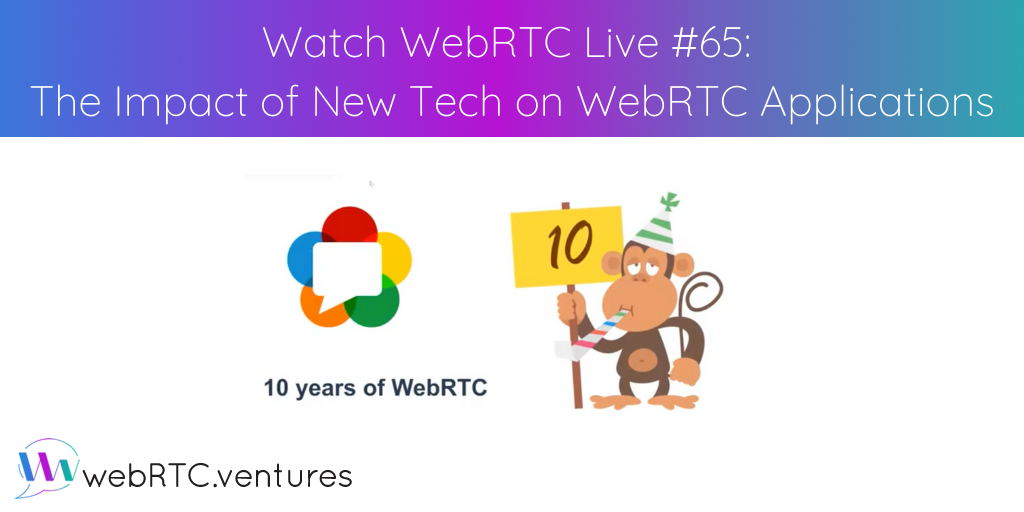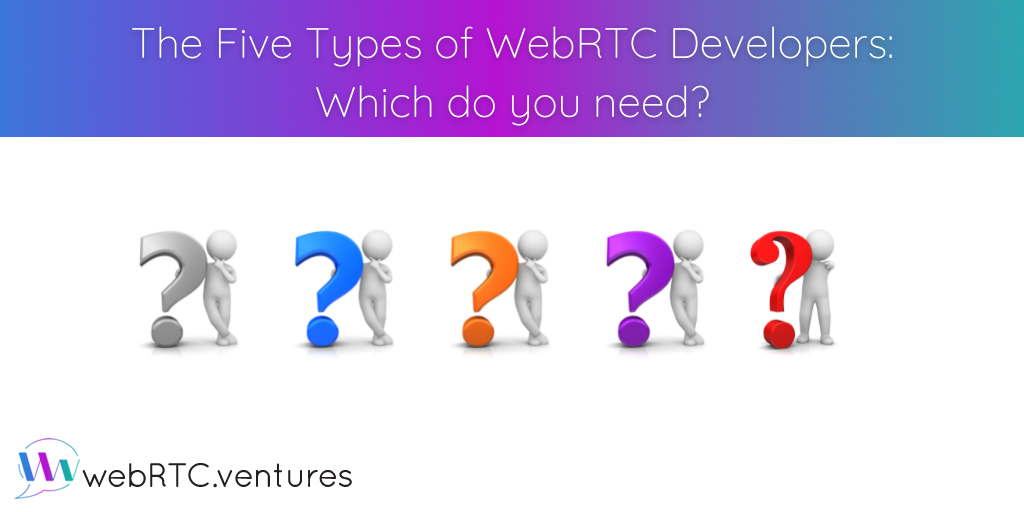
TURN is a must for service reliability across firewalls and cross-network. A distributed point of presence setup across geographies can significantly lower the risk of packet loss as opposed to an uncertain dynamic route via the public internet. The WebRTC-CDN service provided by Subspace shows a significant improvement in packet loss, which leads to better stream reception for the remote endpoint.

HTTP Live Streaming (HLS) is a protocol commonly used to scale WebRTC video to large audiences. As interactive features are added within and alongside the WebRTC to HLS transcoding, increased latency can tank the user experience. Our team to the rescue.

For our 65th episode of WebRTC Live, Arin welcomed back Tsahi Levent-Levi to explore how new technologies such as WebCodecs, WebAssembly, WebTransport, and AV1 may affect the design and the development of WebRTC applications in the future.

WebRTC Developer is actually a broader job description than you might imagine. Arin identifies five different types of WebRTC Developers (JavaScript CPaaS Integrator, Mobile Video Developer, Open Source Media Server Developer, DevOps Scaler, and the WebRTC Protocol Engineer) and considers when you might need each for your WebRTC project.






